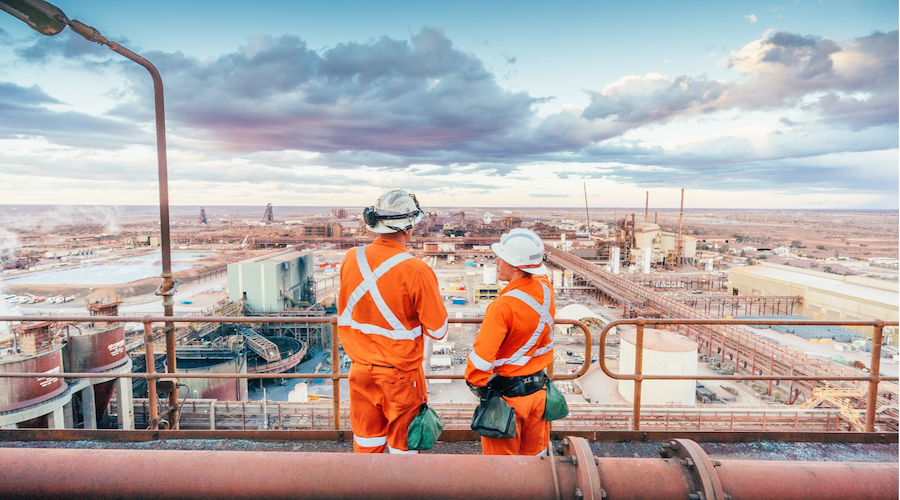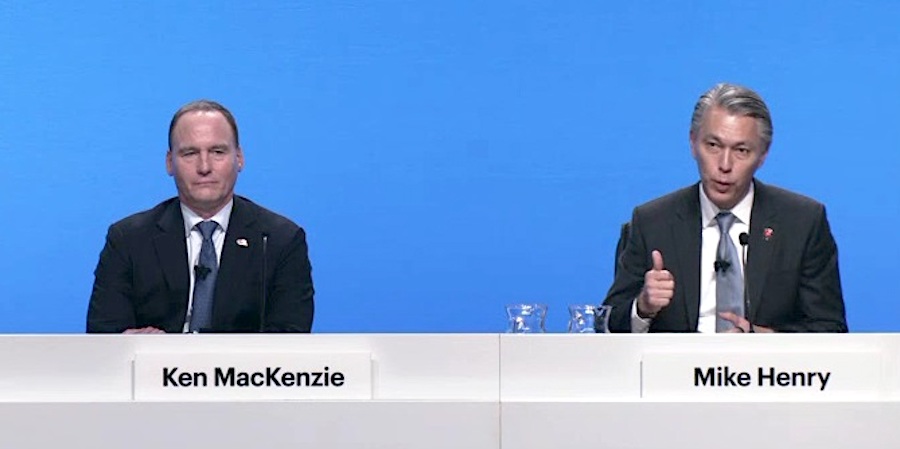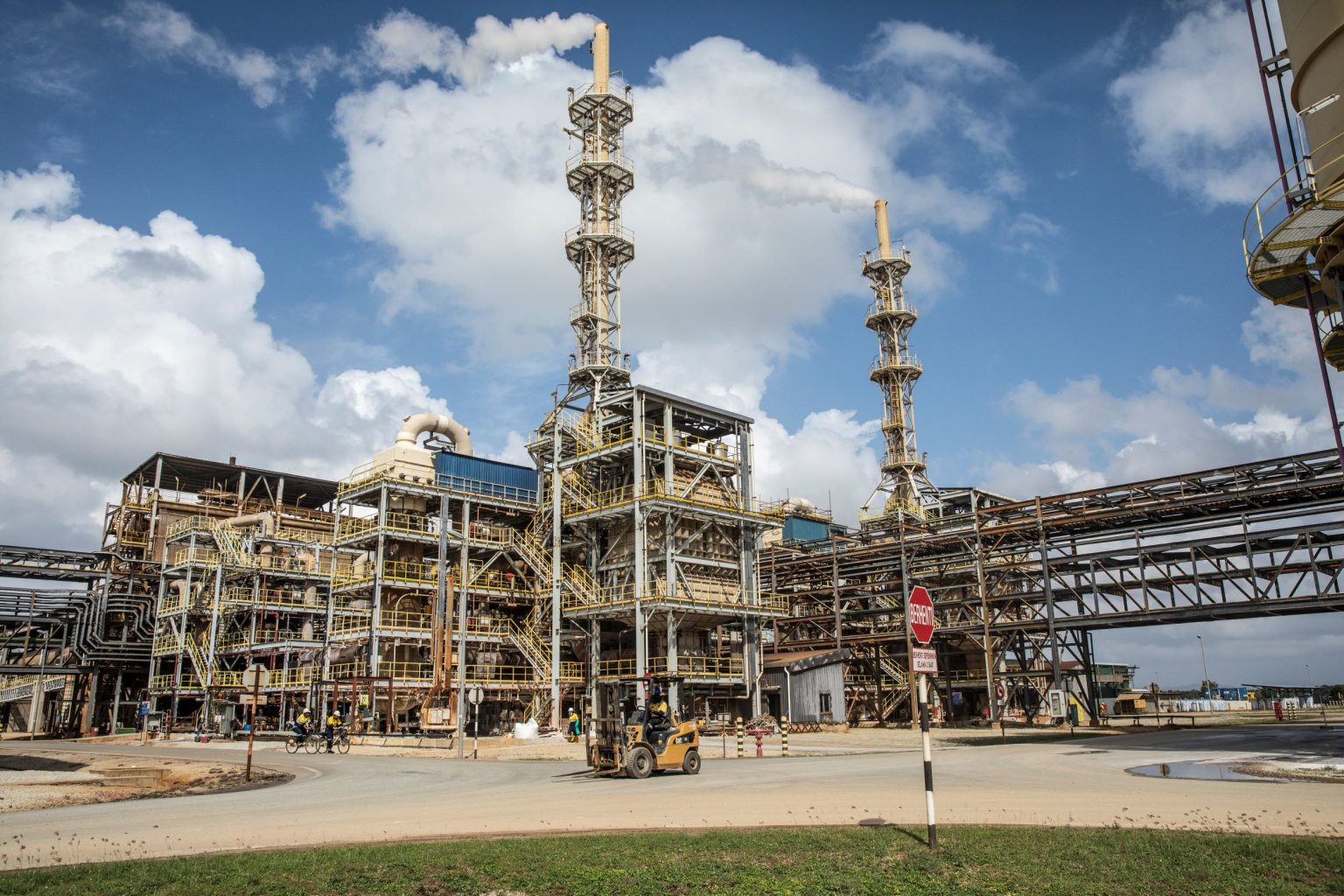BHP walks back comments about moving on from new Anglo American bid

BHP’s (ASX: BHP) leadership has given its clearest indication yet that it won’t make another bid for smaller rival Anglo American (LON: AAL), but later walked back some comments about “moving on” from the deal.
Australia chairman Ken MacKenzie made the initial comments at BHP’s annual general meeting in Brisbane adding the company’s approach to Anglo was deliberate rather than opportunistic.
Under UK takeover laws, BHP has to wait at least six months before it can consider another tilt for Anglo, a period which is due to expire late next month.
BHP later issued a statement to clarify that MacKenzie’s comments weren’t intended as an official statement under UK takeover rules, and said the panel has agreed not to treat them as a statement of intention not to make an offer.
In April, BHP tabled an initial £31.1 billion ($41 billion) scrip proposal for Anglo, and after it was rejected, it increased the proposed bid twice, which enticed Anglo to negotiate over a possible binding offer.
On May 29, BHP walked away, citing capital discipline and “South African regulatory risk and cost”.
Speaking at BHP’s annual general meeting in Brisbane, Australia chairman Ken MacKenzie said the company’s approach to Anglo was deliberate rather than opportunistic.
“We plan these things and keep an eye on market activity and it looked like where their share price was trading sort of came within the window of opportunity that made sense for how we were valuing the company,” he said in response to a shareholder question.
“So we moved and we thought there was an opportunity here to create something unique and special, a sort of ‘one plus one equals three’ opportunity. By putting these companies together, there were a lot of synergies and opportunities, and we had a clear view in our mind around the value that we could create and the value that we were prepared to pay.
“Unfortunately, Anglo American shareholders had a different view, and they thought there was more value in the plan that their management wanted to execute, and so they moved on. And quite frankly, so have we.
“It was never a transaction that we had to do. It was a nice to have, not a must do. And so we’ve moved on as well.”
Remain disciplined
In late July, BHP and Lundin Mining (TSX: LUN) announced a joint $3 billion bid for Toronto-listed copper explorer Filo Corp (TSX: FIL), owner of the Filo del Sol copper project on the border of Chile and Argentina.
BHP will also buy 50% of Lundin’s Josemaria project for US$690 million.
Chief executive Mike Henry said once the transactions closed in the March 2025 quarter, the company would “have the opportunity to advance what we consider to be one of the most significant copper discoveries in decades”.
Henry stressed that mergers and acquisitions were only one growth option for the company.
“It’s really, really, really important that we all understand that transactions are about one avenue for growth for the company – they’re actually not the fundamental avenue,” he said.
“Before that, we have growing value through productivity – still the biggest single value growth lever for the company. We have greenfields exploration. We’ve increased our activity in greenfields exploration for copper resources globally.

“We have getting more out of the resources that we already have, and BHP has the largest endowment of copper resources of any company in the world, and we see the fruits of that coming through now.”
BHP is aiming to increase South Australia copper production from 310,000-340,000 tonnes per annum to 500,000tpa in the early 2030s and 650,000tpa in the mid-2030s, and add 200,000tpa of production at Escondida in Chile.
“So we have lots of attractive growth ahead of us before we start contemplating acquisitions,” Henry said.
“Now, where we do consider acquisitions, we are very disciplined about it. It has to be for the right assets – large, long-life, low-cost – and there has to be an opportunity for BHP to unlock further value through our ownership, through synergies.”
Facing protests
Hundreds of people rallied outside the meeting in Brisbane this morning, protesting BHP’s opposition to Australia’s new labor laws, as well as the miner’s coal operations.
BHP has been a vocal opponent of the Same Job, Same Pay industrial relations legislation, which have passed through Australia’s Parliament and will become law on Friday.
BHP has argued the legislation would require it to pay inexperienced labor hire workers the same as a worker with decades of experience, impacting costs and productivity.
While the issue was not mentioned during the AGM, almost 500 members of the Mining and Energy Union marched to protest BHP’s opposition to the legislation.
Roughly two hours in, the meeting was paused for several moments after being interrupted by anti-coal protesters.
The meeting received only two questions on coal, around reducing methane emissions and growth.
Henry reiterated that BHP would not be investing in growth in its Queensland coal business.
MacKenzie said BHP was investing “appropriate capital” in the development of green steel initiatives.
“We haven’t identified the right pathway yet on steel decarbonization,” he said.
“We’re at the front end of the funnel where we’re looking at opportunities, and we’re trying to narrow it down to what we think will be the successful technology going forward.
“I think the amount of money right now is appropriate, but if commercial opportunities arise going forward, the capital will flow.”
{{ commodity.name }}
{{ post.title }}
{{ post.date }}


Comments